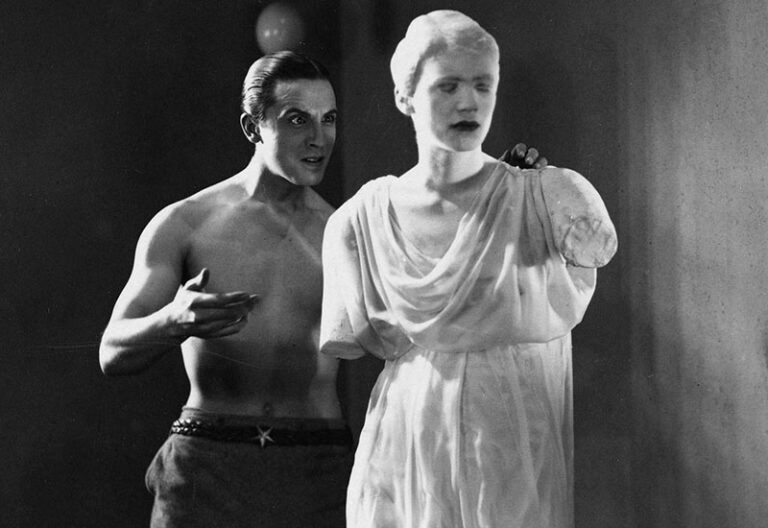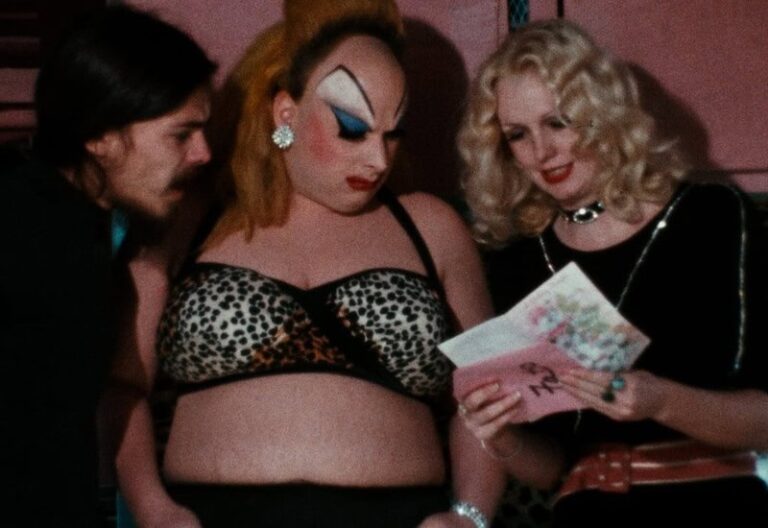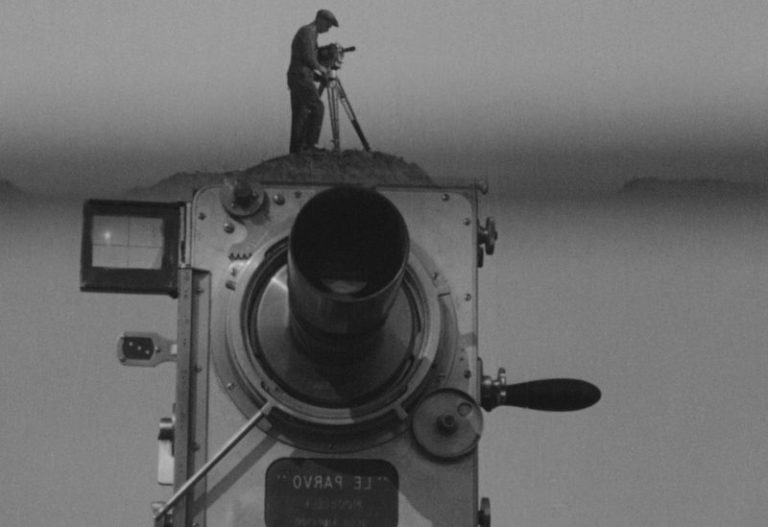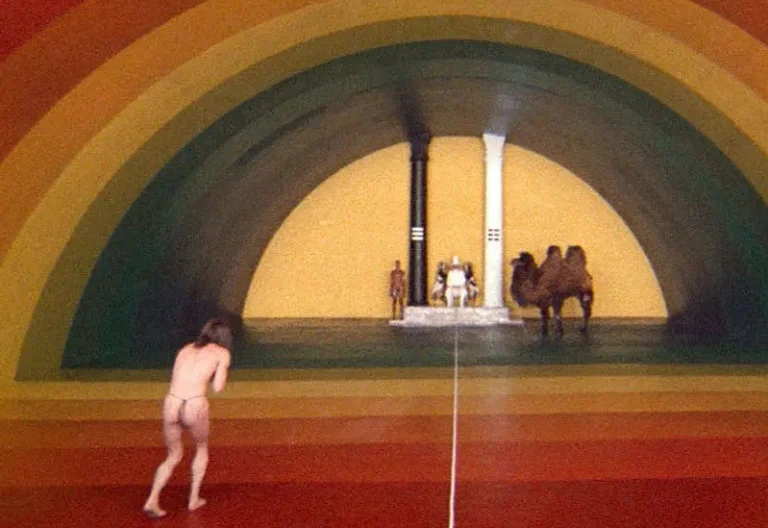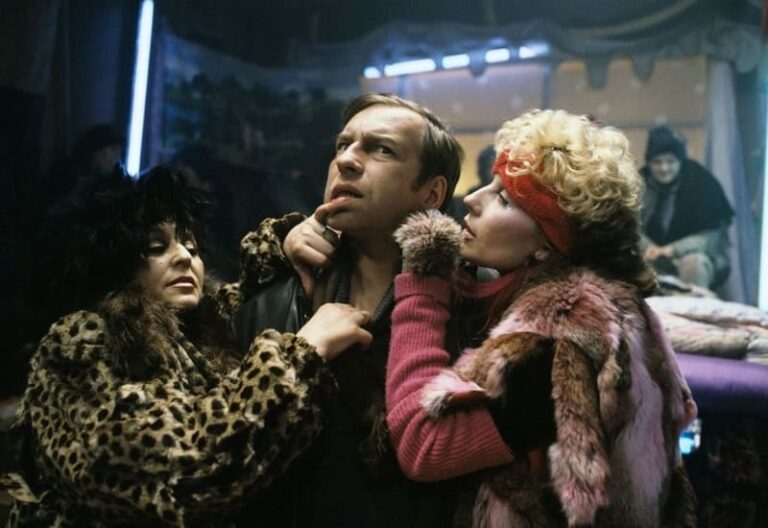what is experimental film?
Experimental film, referred to as avantgarde cinema, is a genre that defies traditional storytelling and filmmaking techniques. It explores the boundaries of the medium, prioritizing artistic expression and innovation over narrative coherence. These films are characterized by their unconventional structures, visuals, and approaches to sound and editing, challenging the audiences to think differently about cinema and often blurring the lines between film and other art forms.
Published by: CinemaWaves Team | Filed Under: Film Blog
Origins and History
of Experimental Film
Experimental film begun to take shape in the early 20th century, closely connected with various avantgarde art movements. The rise of modernism, with its emphasis on departing from traditional forms, laid the groundwork for experimental cinema. The Dadaists, Surrealists, and Futurists artists, among others, looked to challenge traditional aesthetics and societal norms, which naturally extended into the art of film. At this time, several avantgarde short films were created, with famous ones being Entr’acte (1924) and Anémic Cinéma (1926).
One of the earliest pioneers was Dziga Vertov, a Soviet filmmaker whose work “Man with a Movie Camera” (1929) exemplified the spirit of experimentation. Vertov’s film was a documentary-style depiction of Soviet life, but it was notable for its lack of a narrative. Instead, it employed a rapid montage of unconnected images, creating a kaleidoscopic view of reality. This emphasized the medium’s potential for abstraction and montage, concepts that would become central to experimental film.
The post-World War I era saw a surge of filmmakers like Luis Bunuel, Germaine Dulac, and Man Ray exploring the possibilities of non-narrative film. Their works often blurred the lines between cinema, painting, and sculpture, utilizing techniques such as slow motion, superimposition, and reverse motion to create surreal and dreamlike experiences.
In the 1930s and 1940s, the experimental film movement continued to develop. This period saw the rise of Poetic Realism and the influence of surrealism in film. In France, directors like Jean Vigo, with his film “L’Atalante” (1934), blended poetic imagery with a loose narrative structure, creating a dreamlike atmosphere. Meanwhile, in the United States, filmmakers like Ralph Steiner and Willard Van Dyke produced works such as “The City” (1939), a semi-documentary that utilized montage and visual poetry to depict urban life. The experimentation of this era laid the groundwork for the more radical departures from narrative cinema that would emerge in the post-World War II years.
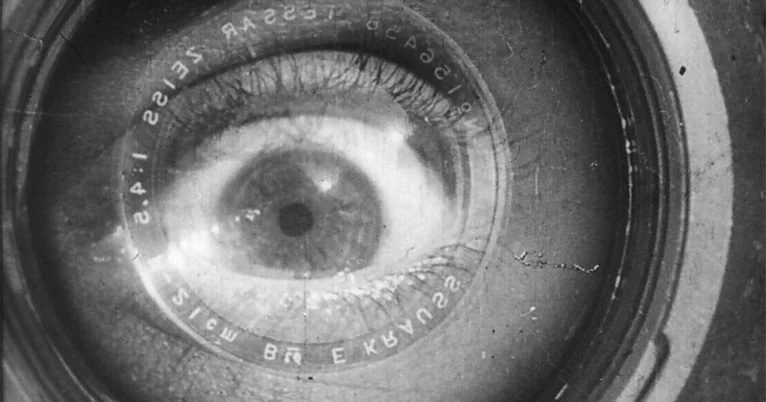
Characteristics of
Experimental Film
Non-narrative structure: Unlike traditional films that follow a linear story-line, experimental films employ non-linear or non-narrative structures. They may consist of disjointed scenes, abstract imagery, or even lack a coherent plot altogether.
Visual and auditory experimentation: Experimental filmmakers frequently use unorthodox visual and auditory techniques. This can include the use of unconventional camera angles, extreme close-ups, rapid editing, and innovative lighting. Soundscapes in these films might incorporate ambient noises, non-diegetic sounds, or complete silence.
Personal and introspective themes: Many experimental films delve into personal or philosophical themes, reflecting the filmmaker’s thoughts, emotions, or worldview.
Focus on the medium: A recurring theme in experimental film is the exploration of the medium itself. Filmmakers could draw attention to the mechanics of filmmaking—such as the materiality of film stock, the editing process, or the interplay of light and shadow.
Short form and low budget: Many experimental films are short in length, ranging from a few minutes to half an hour. The low-budget nature of these projects results in greater creative freedom, as filmmakers are less constrained by commercial expectations.


Important Filmmakers and Films of Experimental Cinema
Luis Bunuel and Salvador Dali were key figures in the surrealist movement, known for their iconic experimental film “Un Chien Andalou” (1929). This 16-minute silent short is famous for its disjointed narrative and shocking imagery, notably the scene of a woman’s eye being slashed. The film utilized dream logic and delved into the subconscious, reflecting the surrealists’ intent to challenge traditional film.
Maya Deren was a pioneer in American avantgarde cinema, celebrated for her poetic and visually inventive films. Her seminal work “Meshes of the Afternoon” (1943), delves into themes of identity, memory, and the subconscious. The 14-minute film features Deren in a recurring loop of dreamlike sequences, encountering mysterious objects and figures. Deren’s use of slow motion and symbolic imagery creates a sense of disorientation, significantly influencing the development of experimental film in the United States.
Stan Brakhage was an influential experimental filmmaker known for exploring the visual potential of film. His notable work “Dog Star Man” (1961-64) consists of four abstract films meditating on cosmic and existential themes. Brakhage used experimental techniques like hand-painting on film and multiple exposures to create vivid, dynamic visual textures.
Kenneth Anger is an American filmmaker renowned for his focus on occult themes, pop culture, and homoeroticism. His influential film “Scorpio Rising” (1963) is a 28-minute piece that combines documentary footage, staged scenes, and a rock-and-roll soundtrack. The film portrays motorcycle enthusiasts and interweaves imagery of biker culture with religious and mythological symbols. Anger’s work often examined the interplay of power, desire, and the occult.
Legacy and Influence of the Experimental Film
Experimental film has significantly influenced cinema and other artistic practices, leaving a lasting impact on various forms of visual media. Techniques such as rapid editing and non-linear narratives, pioneered by experimental filmmakers, have been incorporated into mainstream cinema, television, and video games.
The genre has been pivotal in the growth of independent cinema, as experimental filmmakers operate outside the commercial studio system. Institutions like the Anthology Film Archives in New York and Canyon Cinema in San Francisco have played key roles in preserving and promoting experimental film, offering a platforms for both new and established filmmakers.
By challenging traditional notions of narrative, experimental film has expanded the theoretical discourse around cinema, encouraging audiences to seek the boundaries between reality and illusion and engage with the medium’s aesthetic and philosophical aspects.
Refer to the main page for more educational insights on filmmaking and cinema history.
Surrealist cinema originated in the 1920s as an extension of the broader Surrealist art movement, which itself grew out of the Dada movement that arose during and after World…
A cult film is a movie that builds a devoted following without achieving mainstream success or widespread critical praise at the time of its release. These films are…
In the early 20th century, a cinematic revolution was brewing in the Soviet Union. A group of visionary filmmakers, collectively known as the Soviet Montage School…
The scandal of the 1973 Cannes Festival, director Jodorowsky’s flood of sacrilegious imagery and existential symbolism in The Holy Mountain is a spiritual quest for…
Independent film, often called indie film, is produced outside the major studio system. Its roots can be traced back to the early 20th century, when filmmakers began seeking…
The world has been ravaged by nuclear war. The planet is frozen and radiation kills anyone that ventures outside of ‘The Dome’. Soft is a shepherd for the last remnants…

